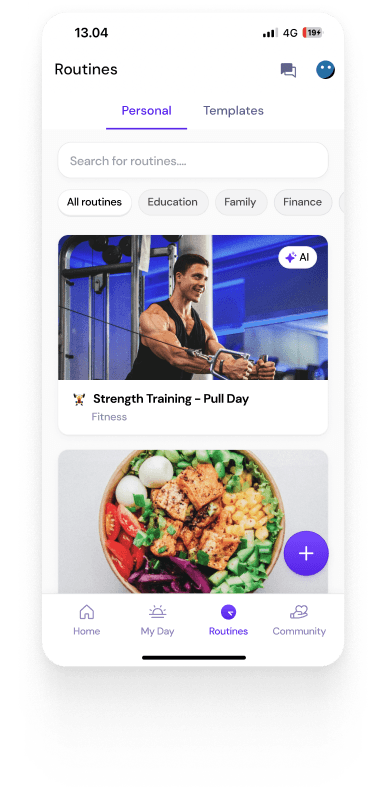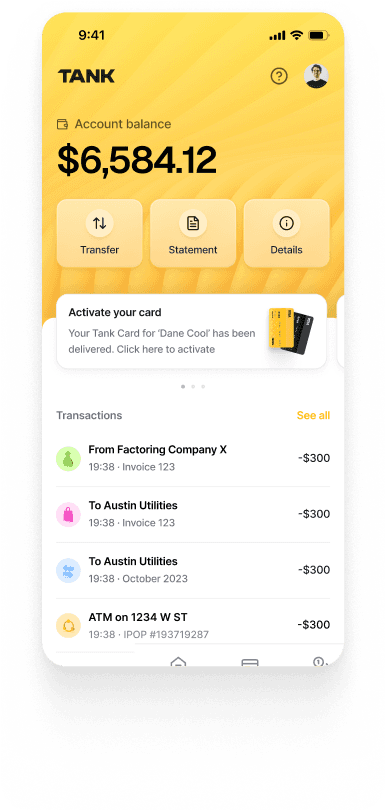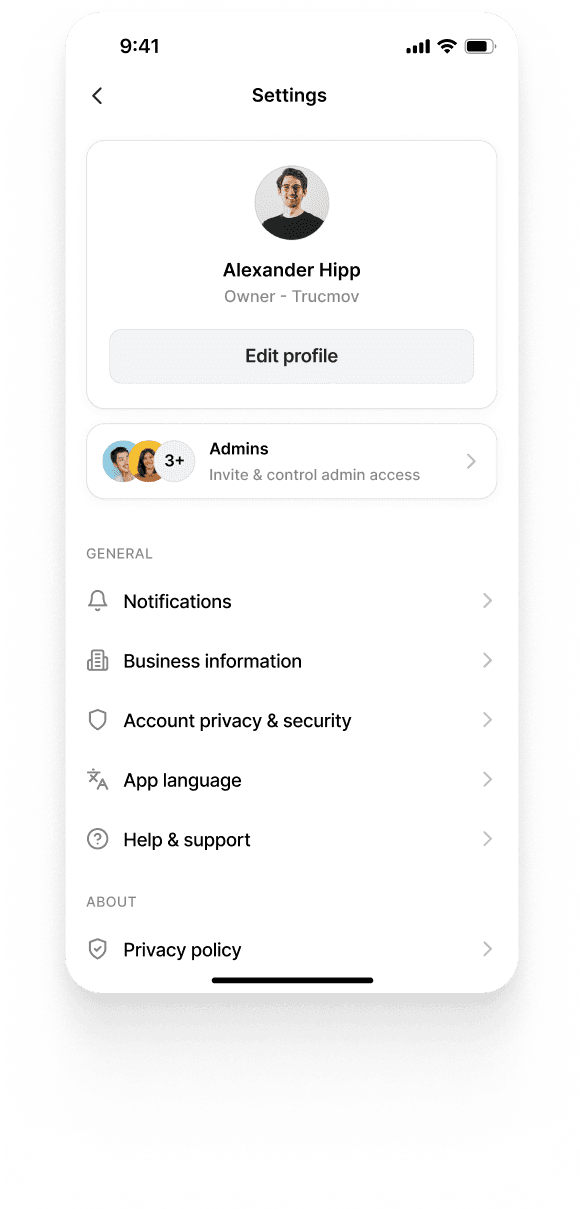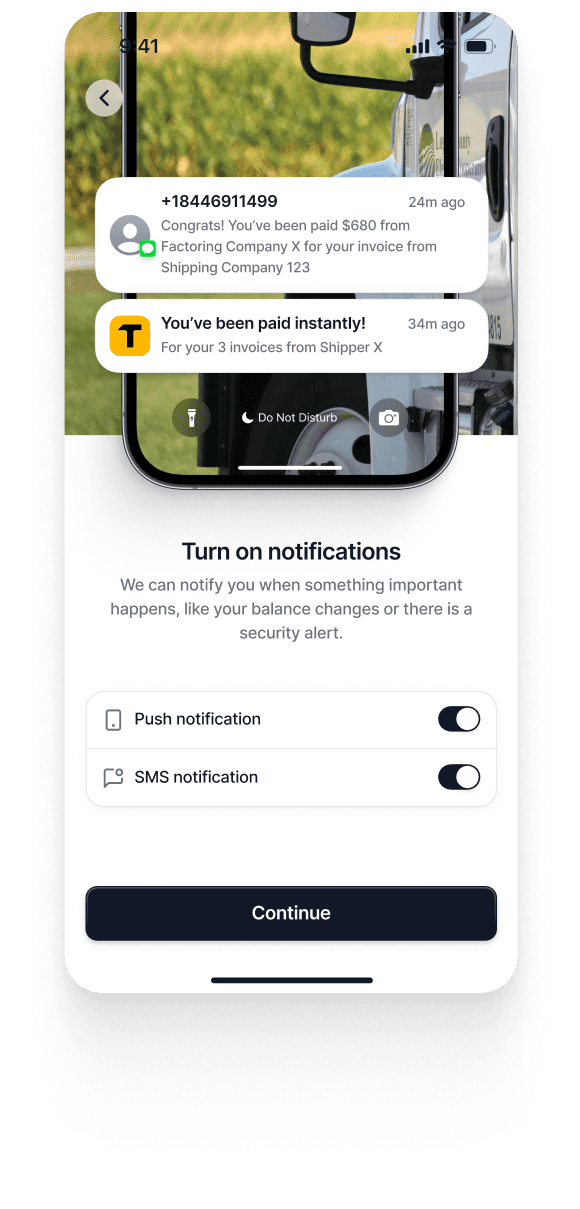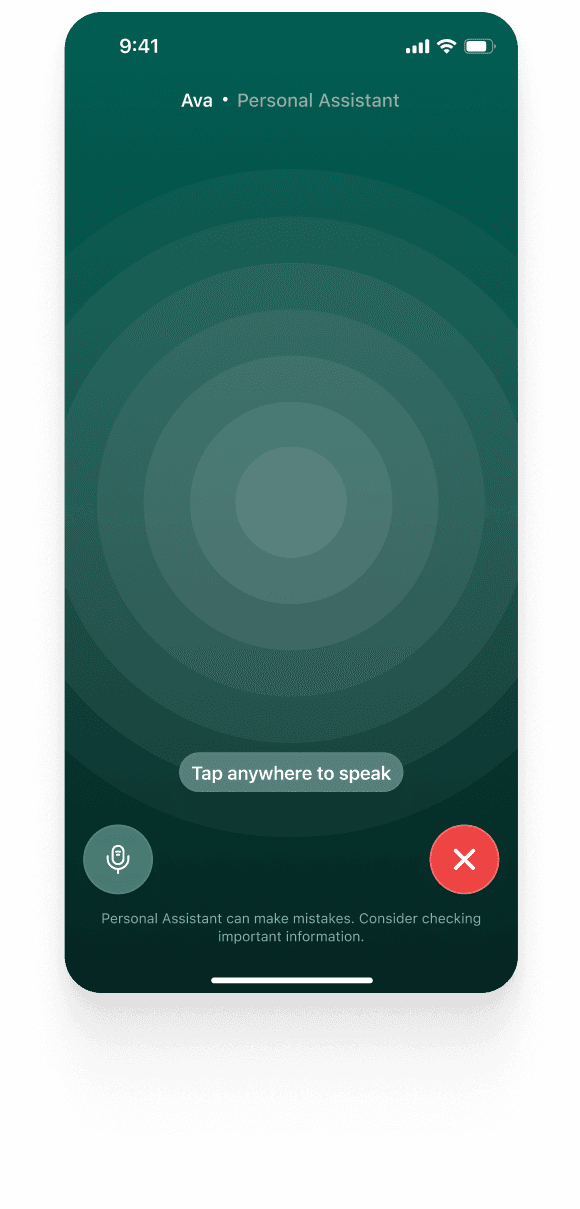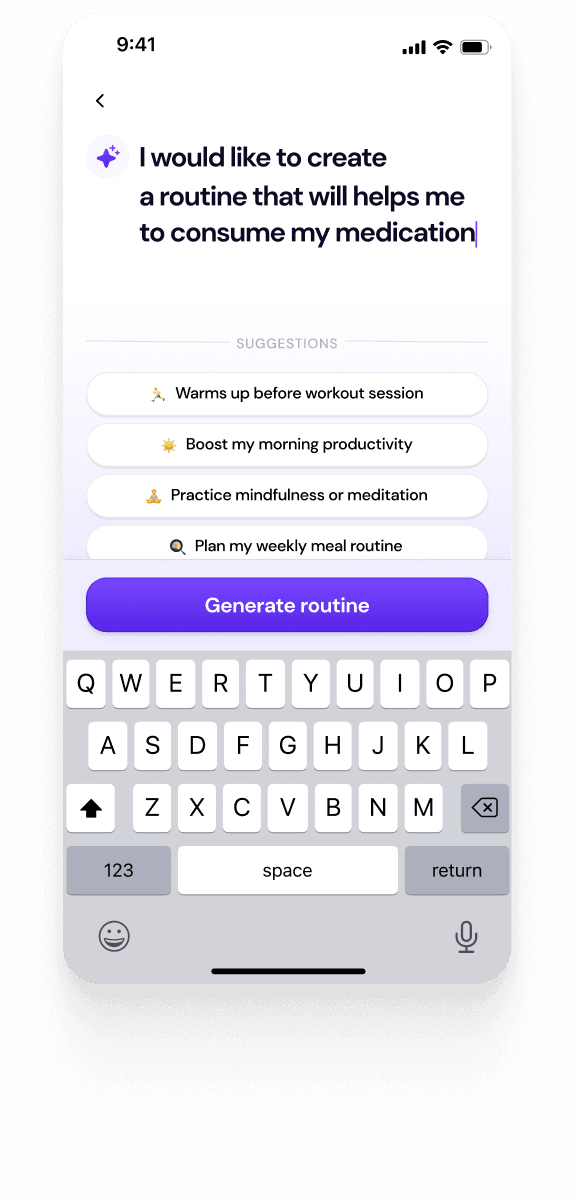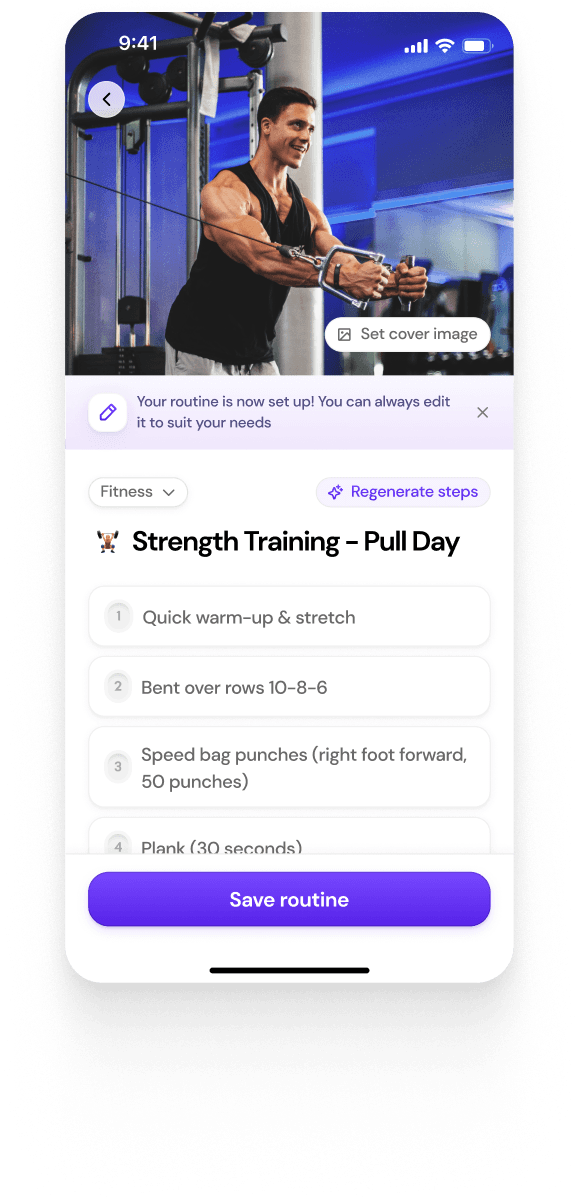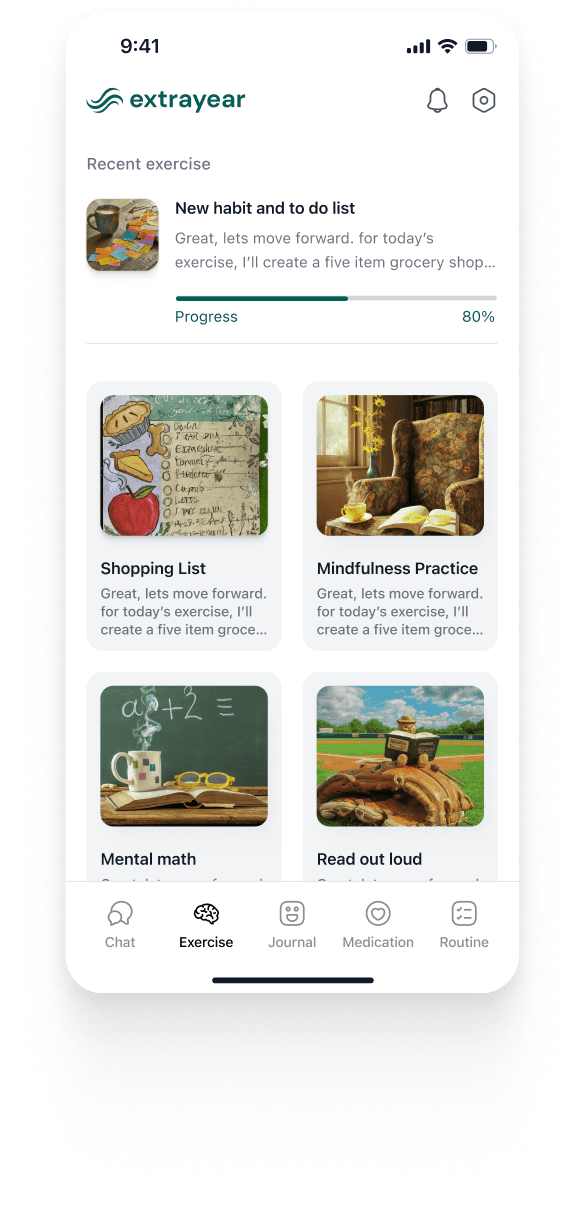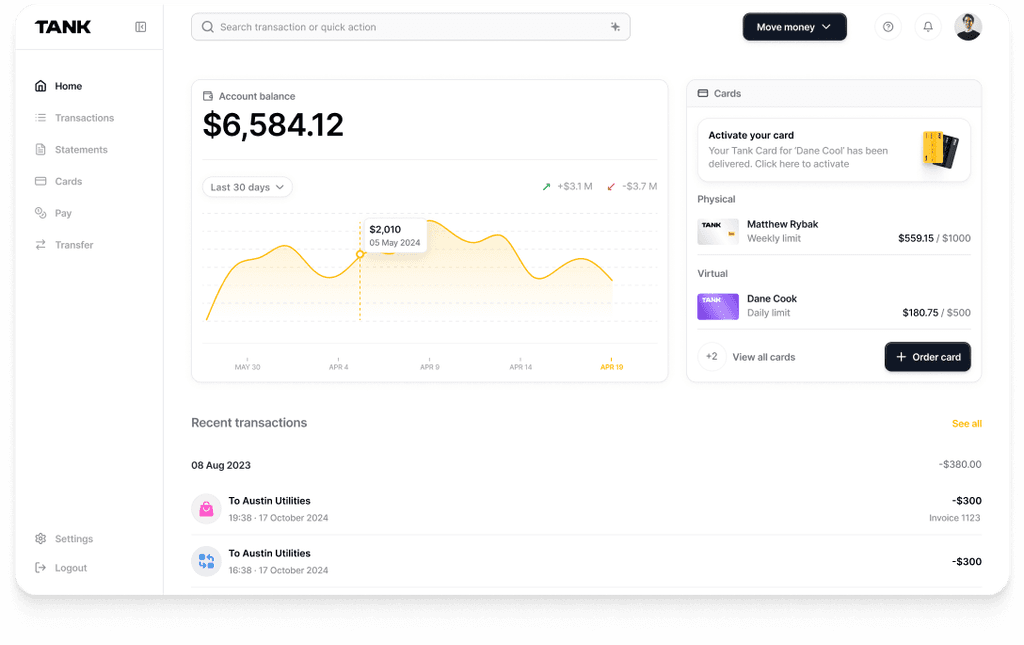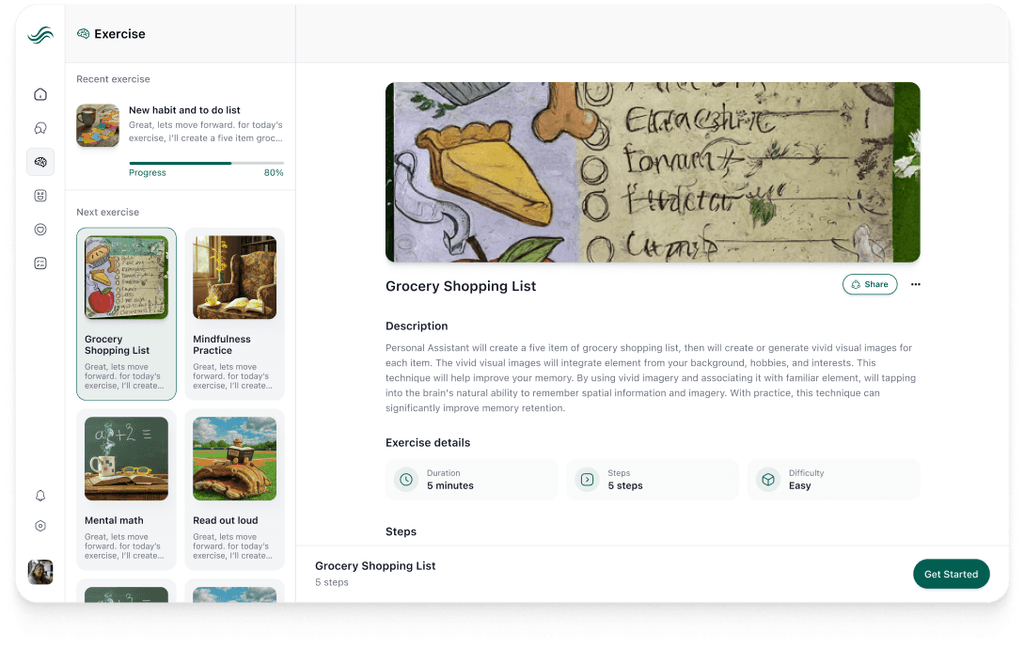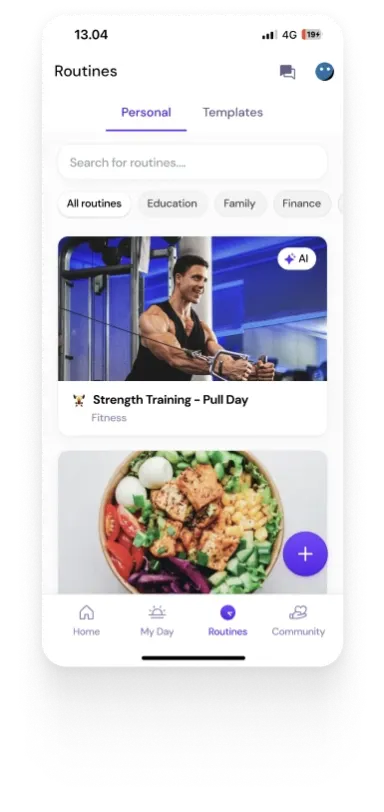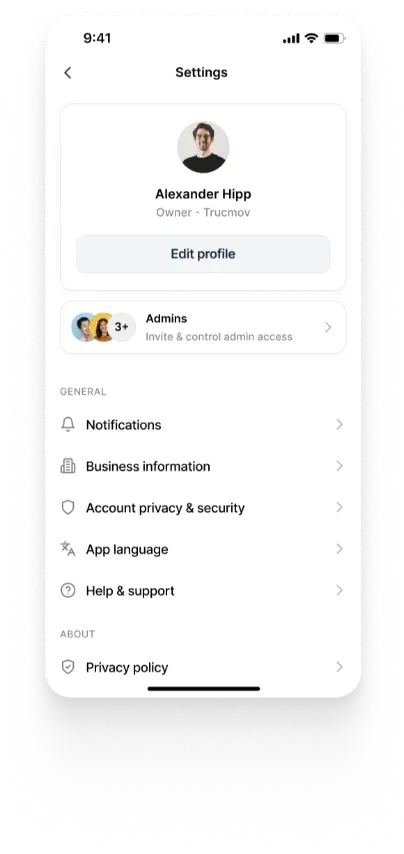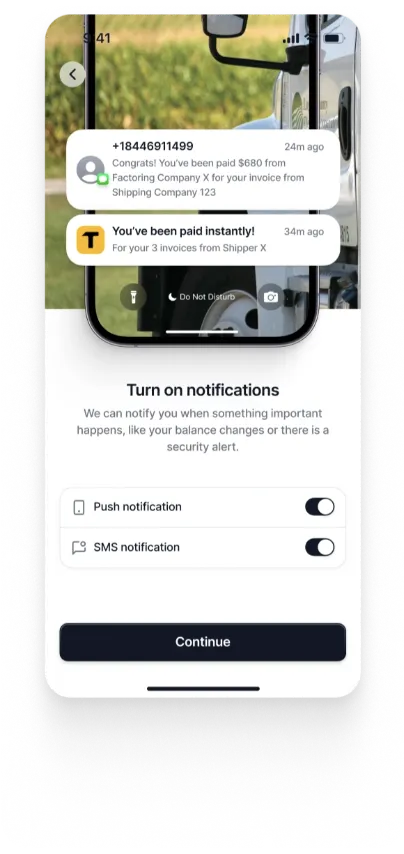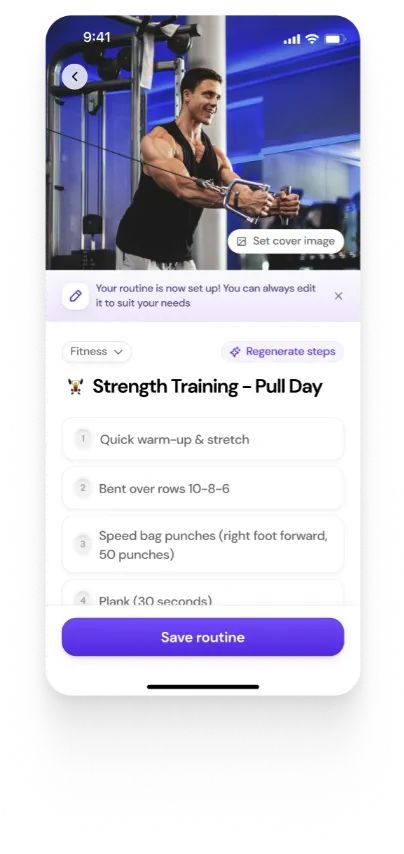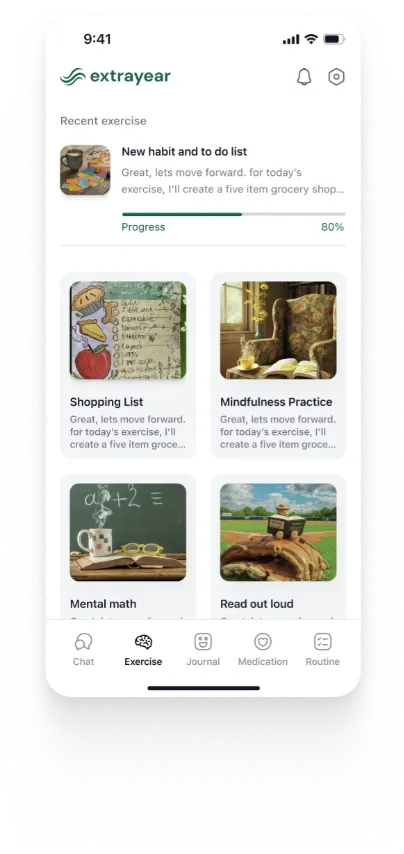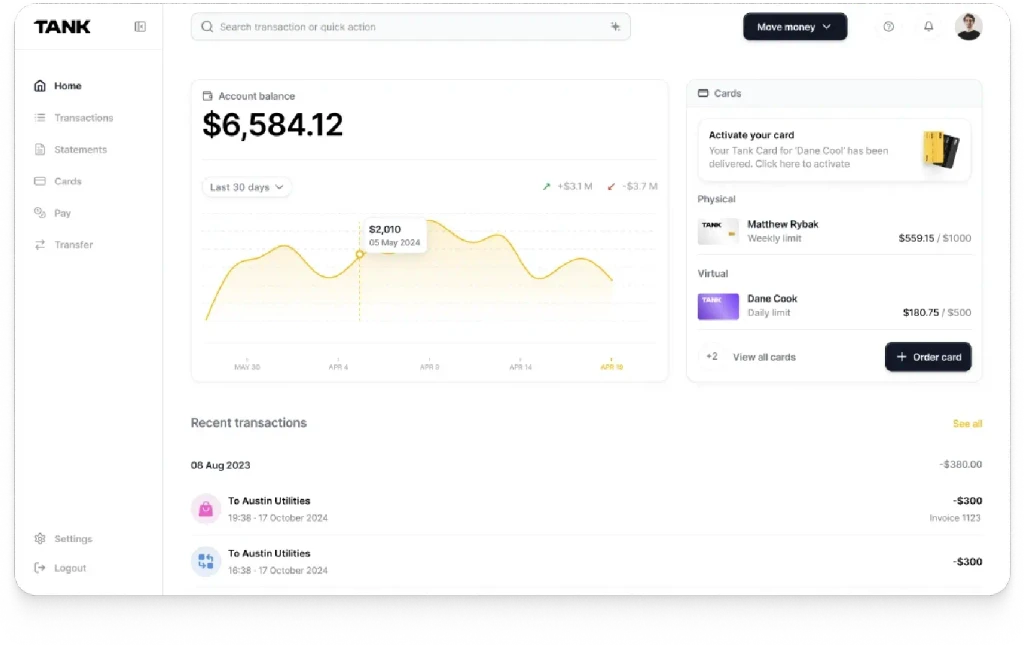Evaluating the Top Agent Frameworks for AI Development
Summary
The article surveys the leading agent frameworks—Letta, LangGraph, AutoGen, CrewAI, LlamaIndex, and others—detailing their unique strengths in memory, orchestration, tooling, and autonomy. It highlights how these platforms support multi-agent collaboration, modular development, and scalable deployment, signaling a shift toward robust, production-grade AI systems.
Key insights:
Agent Architecture Evolution: Frameworks now offer modular, memory-rich, and tool-integrated agent development environments.
Multi-Agent Collaboration: Platforms like CrewAI and LangGraph enable teams of agents with specialized roles to solve complex tasks.
Persistent Memory & Autonomy: Letta and AutoGen support stateful, evolving agents capable of long-term task execution and planning.
Document-Centric Intelligence: LlamaIndex excels at enabling agents to act over structured and unstructured documents.
Enterprise Integration & Observability: LangGraph and Semantic Kernel provide production-ready controls, including monitoring and secure deployment.
Open-Source Accessibility: Most frameworks are open source, reducing costs and promoting rapid innovation across teams of all sizes.
Introduction
Agent frameworks are emerging as foundational tools for building intelligent, autonomous systems. These frameworks - like Letta, LangGraph, AutoGen, LlamaIndex, CrewAI, DSPy, Phidata, Semantic Kernel, and AutoGPT - help developers orchestrate multi-agent workflows, manage tool integration, and simulate complex reasoning patterns. This insight explores the current ecosystem of agent frameworks, comparing their unique approaches to modularity, memory, autonomy, and collaboration, and what they signal about the future of AI development.
Definition and Utility
1. What are Agent Frameworks?
Agent frameworks are software architectures or platforms designed to simplify the creation, coordination, and management of autonomous agents - AI entities capable of making decisions, executing tasks, and interacting with environments or other agents with minimal human intervention.
They provide reusable components like memory, tools, planning modules, and communication protocols to streamline how agents operate individually or in teams.
2. What Problems Do Agent Frameworks Solve?
Building autonomous agents from scratch often leads to fragmented and unscalable logic due to the heavy engineering effort required. Agent frameworks solve this by abstracting common patterns and enabling code reuse, streamlining development. Traditional LLM-based agents also struggle with long-term memory retention and multi-step planning. To address this, many frameworks integrate memory modules, vector databases, and planners, improving coherence and goal execution over time. Furthermore, coordinating multiple agents - for example, one focused on planning and another on execution - is difficult to implement manually. Agent frameworks simplify this by offering built-in protocols for coordination, negotiation, and task delegation.
3. Value Proposition
These frameworks are valuable because they promote modularity and composability, allowing developers to plug in different tools, prompts, or LLMs without overhauling the system. They also support scalability, enabling the management of multiple agents across various domains such as simulations, customer support, and data pipelines. Rapid prototyping becomes easier, as teams can experiment using established architectural patterns. In practice, this leads to automation of complex tasks like multi-step reasoning, API chaining, and real-time decision-making. Frameworks like CrewAI and LangGraph support team-oriented agent collaboration, where each agent assumes a specialized role, mimicking real-world dynamics. Additionally, built-in features for logging, tracing, and observability ensure higher reliability and easier monitoring, making agent-based systems more robust and production-ready.
Letta
1. Product Overview
Letta is a modern agent framework designed to make it effortless for developers to build, deploy, and scale stateful, production-ready LLM agents. Think of it as an operating system for AI agents providing memory, context, persistence, and tooling, all through a simple API.
Agents in Letta are not just ephemeral prompts; they are persistent, memory-backed systems that evolve over time, capable of handling complex reasoning, tool use, and interactions.
2. Core Offering
Letta’s core differentiator is its stateful agent architecture combined with a powerful Agent Development Environment (ADE) and a plug-and-play API. Key strengths include:
ADE (Agent Development Environment): A real-time interface to observe, test, and edit agents' memory, reasoning steps, and tool calls.
Stateful Agents: Agents retain memory across interactions using structured memory blocks. These memories are persisted automatically and work across LLM providers.
Large Context + Memory Management: Built-in support for techniques inspired by MemGPT allows agents to bypass typical token limits and retain long-term memory intelligently.
Agent as an API: Each agent is deployed as a REST endpoint, complete with identity and auth support, making it trivial to plug into your apps.
Framework & Model Agnostic: Works with OpenAI, custom tools, Python/Node.js SDKs, Next.js, React, and more.
Backed by Research: Built by AI researchers from UC Berkeley (creators of MemGPT), Letta applies cutting-edge methods for memory, planning, and autonomy.
3. Ideal Use Cases
Ideal use cases for Letta include voice or chat assistants with persistent memory and personality, as well as customer support agents that evolve and remember user interactions. Developers can also build personal AI assistants that track habits, goals, and ongoing tasks, or multi-step workflow agents capable of tasks like researching, writing, and refining content. Letta is well-suited for internal LLM-powered copilots used in business operations, agents that interact with external tools or APIs while maintaining reasoning over state, and educational or coaching bots that adapt to user progress. Additionally, it supports the creation of AI characters in games or simulations with dynamic, evolving memories.
4. Commercial Analysis
Letta’s open-source model eliminates traditional licensing fees, offering significant cost advantages to individuals, startups, and enterprises. By removing financial barriers, it allows developers to freely access, modify, and integrate Letta into their workflows without vendor lock-in. This promotes rapid experimentation and innovation while reducing the total cost of ownership. For businesses, it means the flexibility to self-host, customize, and scale without incurring usage-based fees, making Letta a commercially viable choice for organizations prioritizing budget efficiency and technological control.
LangGraph
1. Product Overview
LangGraph is a powerful agent orchestration framework developed by the team behind LangChain. It enables developers to build reliable, controllable, and production-ready AI agents capable of handling complex tasks through customizable workflows.
Unlike typical LLM wrappers or basic chains, LangGraph gives developers full control over agent behavior, state, and memory, while making it easy to integrate human-in-the-loop, streaming, and multi-agent logic.
2. Core Offering
LangGraph’s core differentiator lies in its balance between agent autonomy and control. Key features include:
Customizable Agent Workflows: Use low-level primitives to design agent architectures ranging from simple decision trees to multi-agent and hierarchical flows.
Human-in-the-Loop (HITL): Add quality gates, moderation steps, or approvals between agent actions. This ensures safety, reliability, and alignment with business logic.
Built-in Memory: LangGraph supports persistent state and memory, enabling agents to maintain context across sessions and deliver personalized experiences.
Streaming Output: Native token-by-token streaming enhances UX, allowing users to see an agent’s reasoning and decisions in real time.
Infrastructure Included: With the LangGraph Platform, you do not have to worry about scaling, checkpointing, or API management. Focus on building agents - the platform handles the backend.
3. Ideal Use Cases
LangGraph is ideal for teams and companies building complex, production-grade AI systems where control, visibility, and reliability are critical. It supports several use cases, such as enterprise AI copilots with approval steps or compliance gates, and multi-agent systems where different agents handle specific roles like research, execution, and quality assurance. It is also well-suited for customer service agents that escalate or route queries based on decision flows, and code generation agents that require high reliability and human feedback. Additionally, LangGraph enables the development of guest-facing or public-facing bots with controlled behaviors, automated task workflows integrating LLMs with APIs and databases, and any production AI system where hallucination or misbehavior must be avoided. It is especially well-suited for teams that prioritize flexibility, moderation, and transparency in how their agents reason and act.
4. Commercial Analysis
LangGraph offers a flexible, tiered pricing model designed to accommodate everyone from individual developers to large enterprises. The Developer plan starts free with pay-as-you-go usage, ideal for hobby projects or early experimentation. For growing teams, the Plus plan at $39/month per seat includes higher usage limits, expanded observability, and one included LangGraph deployment. Enterprise plans are fully customizable, offering advanced deployment options like hybrid or self-hosted infrastructure, enhanced security features, and dedicated engineering support.
This structure ensures accessibility while supporting scalability. Startups and small teams can test and iterate without upfront costs, while larger organizations benefit from tailored support, robust infrastructure, and enterprise-grade compliance. The usage-based pricing (e.g., per trace or node execution) aligns cost directly with scale and performance needs, making LangGraph both cost-efficient and predictable for production workloads.
Autogen
1. Product Overview
AutoGen is an open-source programming framework developed by Microsoft for building AI agents and orchestrating collaborative multi-agent systems. Designed for developers and researchers, it offers a modular, flexible, and scalable approach to building complex agentic workflows that tackle real-world tasks.
With the release of AutoGen v0.4, the framework introduces a fully asynchronous, event-driven architecture that enables robust communication between agents, better observability, and seamless scalability.
2. Core Offering
AutoGen’s key differentiators lie in its multi-agent orchestration, asynchronous messaging, and its extensibility. Highlights include:
Asynchronous Communication: Agents can communicate using event-driven or request-response patterns.
Modular Architecture: Developers can plug in their own custom agents, tools, models, and memory, or use pre-built components for rapid development.
Advanced Observability: Built-in tracing, debugging, and OpenTelemetry support make it easier to monitor and fine-tune agent behavior in production.
Cross-Language Interoperability: AutoGen supports agents written in Python and .NET, with more languages in development, allowing teams to collaborate across stacks.
Scalability: The framework supports distributed agent networks, making it suitable for large-scale and enterprise-grade AI systems.
Community + Extensions: AutoGen supports both built-in and community-contributed extensions, empowering open-source innovation.
3. Ideal Use Cases
AutoGen is ideal for building multi-agent AI systems that require complex workflows, collaboration, or parallel task execution. It supports use cases such as collaborative AI agents, autonomous R&D assistants that self-coordinate research, summarization, and reporting, and distributed task management systems for enterprise automation. It also enables proactive agents that can monitor and act without user prompts, cross-platform AI services where agents in different languages interact, and simulation environments for testing agent behavior and collaboration. AutoGen is especially powerful for teams looking to experiment with or scale agentic systems across academic research, product development, or enterprise AI platforms.
4. Commercial Analysis
AutoGen is fully open-source; It comes with no licensing costs for individuals, startups, or enterprises. This pricing model greatly lowers the barrier to entry, enabling developers and organizations of all sizes to experiment with, customize, and deploy multi-agent systems without financial friction. Users can access the full capabilities of the framework directly from its GitHub repository, with the flexibility to self-host and tailor implementations to their specific use cases.
For customers, this translates to maximum control and cost-efficiency. While open source eliminates software fees, organizations may still invest in related infrastructure, compute resources, or expert support to scale effectively. Nonetheless, AutoGen’s open model empowers teams to innovate freely while avoiding vendor lock-in, making it particularly attractive for research, prototyping, and long-term AI system development.
Llamaindex
1. Product Overview
LlamaIndex is a powerful open-source framework and cloud platform designed for building context-augmented AI agents that can parse, understand, and act on complex unstructured documents at scale. It enables developers and enterprises to create agentic workflows for extracting insights, answering questions, and automating tasks across diverse document types.
With strong community support and seamless integration into enterprise environments, LlamaIndex has become a foundational tool for building document-aware LLM applications.
2. Core Offering
LlamaIndex’s key strength lies in its document processing power, enterprise-grade RAG support, and seamless integration with AI agents. Notable differentiators include:
LlamaCloud: An advanced cloud layer that handles high-volume, multimodal document parsing (including complex layouts, nested tables, handwritten notes, and images) across 300+ formats.
LlamaParse: A high-accuracy document parser that preserves structure and spatial layouts, critical for tasks like financial analysis or automated data extraction from scanned documents.
Automated Context Engine: Dynamically constructs context from documents to feed into LLM agents, reducing hallucinations and improving response accuracy in RAG pipelines.
Agentic Workflows: Enables agents to take actions over documents (not just extract info), such as filling forms, summarizing, classifying, or triggering downstream processes.
Scalable: Built to handle millions of documents with persistent connectors, enabling enterprise-grade performance.
Community Ecosystem: LlamaHub and 1,500+ contributors provide prebuilt connectors, datasets, and tools to accelerate development.
3. Ideal Use Cases
LlamaIndex is best suited for applications where agents need to deeply understand, process, or act on documents. Its common use cases span finance and private equity, such as automating the analysis of 10-Ks, earnings decks, and regulatory filings for structured data extractiom, as well as legal and compliance workflows like summarizing contracts, flagging key clauses, or ensuring policy adherence.
In healthcare and insurance, it supports extracting and interpreting data from medical reports, claims, and forms, while in manufacturing and retail, it enables automation of SOP parsing, product manual comprehension, and supply chain insights.
LlamaIndex is also effective for building enterprise knowledge assistants that respond to employee queries using company documents, powering document-aware chatbots for customer support, and enabling research assistants that analyze and summarize user-uploaded documents.
Whether you are developing a financial research bot or an internal automation platform, LlamaIndex equips your agents to transform messy, real-world documents into structured, actionable insights.
4. Commercial Analysis
LlamaIndex offers a tiered subscription model centered around a credit-based system, where 1,000 credits equal $1. This pay-as-you-go structure allows users to scale their usage based on actual needs, making the platform accessible to both individuals and organizations. The Free plan provides 10,000 credits and basic file upload functionality for solo developers. The Starter ($50/month) and Pro ($500/month) tiers introduce expanded limits on users, data sources, and file processing, making them ideal for small teams and mid-sized operations managing external data.
For large-scale or security-sensitive deployments, the Enterprise plan offers custom pricing, VPC or SaaS deployment, and dedicated support. This flexible pricing model ensures that customers - from hobbyists to enterprises - can adopt LlamaIndex at a level that matches their technical and operational requirements, while only paying for what they use.
CrewAi
1. Product Overview
CrewAI is a cutting-edge platform for building, deploying, and managing multi-agent AI systems that automate workflows across virtually any industry. It empowers developers and non-technical users alike to orchestrate teams of specialized AI agents called “crews” that can collaborate, reason, and act together to execute complex tasks.
CrewAI supports any LLM, integrates with all major cloud providers, and offers both no-code and code-first environments for rapid development and deployment.
2. Core Offering
CrewAI stands out through its complete multi-agent infrastructure, intuitive tools, and enterprise readiness. Key differentiators include:
Multi-Agent Crews: Unlike traditional agent frameworks, CrewAI centers around teams of agents that each take on specialized roles (e.g., planner, researcher, writer), enabling true division of labor and collaboration.
No-Code + Code Interface: Use the UI Studio for visual workflow design or dive into the open-source codebase to customize everything programmatically.
Deploy Anywhere: Run agents in the cloud, on your infrastructure (self-hosted), or locally, giving you total control over data and compute.
Human-in-the-Loop + Visibility: Monitor, track, and approve agent behavior with a clean management UI, detailed performance metrics, and ROI analytics.
Enterprise-Ready Integrations: CrewAI connects to business tools, APIs, and databases which is ideal for integrating with real-world operations at scale.
3. Ideal Use Cases
CrewAI is built for anyone aiming to automate complex, multi-step processes using AI agents across a wide range of domains. Ideal applications include strategic planning agents that collaborate to forecast trends and create actionable business plans, and automated financial reporting systems that streamline data analysis, compliance, and report generation. In HR and operations, CrewAI can automate recruitment, onboarding, and talent management, while in healthcare, it can enrich patient data, automate diagnostics, or manage care plans. Other use cases include business intelligence through real-time dashboards, AI-driven marketing and sales strategies such as sentiment analysis and campaign optimization, supply chain optimization for inventory forecasting and logistics, and media or entertainment content creation. It also supports R&D assistants that research, analyze, and present technical findings.
4. Commercial Analysis
CrewAI follows an open-source-first approach, allowing developers and organizations to build and deploy multi-agent systems at no cost. This model significantly reduces entry barriers, especially for individual developers, startups, and research teams. Customers can start using CrewAI with a simple install command (pip install crewai), leveraging its powerful orchestration features, no-code tools, and integrations with any LLM or cloud platform.
For businesses ready to scale or deploy in production environments, CrewAI+ offers a commercial offering with advanced deployment options, including cloud, hybrid, and on-premises infrastructure. This enables enterprises to meet strict data security and compliance needs (e.g., HIPAA, SOC 2) while accessing 24/7 VIP support, real-time monitoring dashboards, and performance analytics.
Declarative Self-Improving Python (DSPy)
1. Product Overview
Declarative Self-Improving Python (DSPy) is an open-source, declarative framework for building modular, structured AI systems using natural language interfaces and robust programming abstractions. Instead of crafting brittle prompts or manually tweaking LLM behaviors, DSPy enables you to define AI behavior as code modules with input/output signatures, making AI systems more maintainable, portable, and reliable.
2. Core Offering
DSPy’s core innovation is its modular, declarative design, which brings clarity and reusability to AI development. Here’s what sets it apart:
Natural-Language Modules: Define AI behavior with structured signatures (e.g., question -> answer: float) instead of raw prompts.
Model-Agnostic Composition: Easily swap models, prompting strategies, or inference methods without reworking your codebase.
Built-In Optimizers: Use tools like MIPROv2, BootstrapRS, and BootstrapFinetune to automatically improve your agents' prompts and performance, using a few examples and target metrics.
Multi-Stage Pipelines: Chain together classifiers, RAG systems, ReAct agents, and more using structured modules.
Self-Improving Workflows: Recompile and optimize your systems continuously as data or metrics change.
Ecosystem & Research Integration: Backed by extensive research and a vibrant open-source community driving rapid improvements in optimization strategies and architectures.
3. Ideal Use Cases
DSPy is ideal for developers, researchers, and organizations focused on building structured, scalable, and upgradable LLM systems. Its use cases span from building Retrieval-Augmented Generation (RAG) pipelines with integrated search, memory, and inference stages to defining ReAct or Chain-of-Thought agents through modular, reusable components. DSPy excels in research and red-teaming contexts where teams rapidly prototype and evaluate prompting techniques or architectures, as well as in classification and information extraction tasks that demand consistent, optimized performance. It also supports compiling system-wide improvements for fine-tuned language model workflows based on specific metrics and datasets. Ultimately, DSPy enables production-ready AI systems that are easier to debug, maintain, and evolve, making AI development more like software engineering: modular, measurable, and self-improving.
4. Commercial Analysis
DSPy operates as a fully open-source framework, which means it is freely accessible to developers, researchers, and organizations without any licensing fees. This open model dramatically lowers the barrier to entry for building advanced AI systems, especially for teams experimenting with modular architectures, optimizing prompts, or exploring new agent strategies. With support from a growing contributor base and academic roots (Stanford NLP), users benefit from a rapidly evolving ecosystem without incurring commercial costs.
Phidata
1. Product Overview
Phidata, recently rebranded as Agno, is an open-source framework for building multi-modal, multi-agent AI systems and intelligent workflows. It lets developers construct agents equipped with memory, tools, and reasoning capabilities that can handle complex tasks individually or collaboratively.
With built-in support for text, images, audio, and video, Phidata enables teams to go beyond simple prompt-response systems and build production-ready AI that interacts, reasons, and takes action.
2. Core Offering
Phidata’s primary differentiators lie in its simplicity, elegant interface, and multi-modal, multi-agent orchestration:
Multi-Modality by Default: Agents can process and reason over text, images, audio, and video with minimal configuration.
Agent Teams: Easily create coordinated multi-agent teams that delegate responsibilities and solve tasks collectively.
Minimal Code, Maximum Power: Elegant APIs allow you to build powerful agents (e.g., search bots, finance bots, image analyzers) in a few lines of Python code.
Agentic RAG Built-In: Structured retrieval-augmented generation pipelines are built in, allowing agents to retrieve and synthesize external knowledge effectively.
Beautiful Agent UI: Comes with a front-end interface for interacting with your agents in a more human-like, conversational manner.
Monitoring & Debugging Tools: Developers can observe reasoning steps, tool usage, and outputs in real-time.
3. Ideal Use Cases
Phidata (Agno) is ideal for developers and teams aiming to rapidly build and deploy multi-agent, multi-modal, and tool-using AI systems. It supports a range of use cases, such as enterprise automation through finance, web, and analysis agents for internal reporting or market monitoring; image and text intelligence where agents interpret visual data with real-time contextual information; and web or financial research by pairing agents to summarize data from sources like YFinance. Teams can also create custom agent roles (e.g., researcher, analyst, planner) to collaboratively solve complex tasks or deploy customer-facing agents for support, recommendations, and automation. With its elegant design and modular structure, Phidata makes building agentic systems feel more like assembling smart assistants than managing prompts.
4. Commercial Analysis
Phidata (now rebranded as Agno) is open source. This makes it an attractive option for developers, startups, and enterprises looking to build multi-modal, multi-agent AI workflows without the financial constraints tied to proprietary platforms.
Semantic Kernel
1. Product Overview
Semantic Kernel is a lightweight, open-source SDK developed by Microsoft that allows developers to build intelligent AI agents and integrate cutting-edge models into C#, Python, and Java codebases. As a powerful middleware layer, it bridges traditional software systems with AI capabilities, enabling fast and reliable enterprise deployments.
2. Core Offering
Semantic Kernel stands out for its enterprise readiness, modular architecture, and seamless AI-function integration:
Future-Proof Middleware: Designed to evolve with AI advancements, Semantic Kernel lets you swap in new models without needing to refactor your core code.
Cross-Language Support: Robust and stable support for C#, Python, and Java with a commitment to non-breaking changes.
Function Calling Made Easy: By combining prompts with your existing APIs or codebase, SK turns AI outputs into real function calls, automating actions without brittle hacks.
Enterprise-Grade Observability & Security: Includes telemetry, hooks, filters, and secure extension sharing via OpenAPI specs, perfect for large-scale, responsible AI deployment.
Built for Microsoft Ecosystems: Seamlessly integrates with Microsoft services like 365 Copilot, allowing internal code to be shared and reused across teams.
3. Ideal Use Cases
Semantic Kernel is best suited for developers and enterprises aiming to blend AI reasoning with deterministic function execution. It enables use cases like enterprise automation, where agents handle business workflows by calling internal APIs for tasks such as scheduling, reporting, or document generation. Developers can build AI-augmented applications with minimal disruption by leveraging Semantic Kernel’s plug-and-play architecture or create internal copilot tools for departments like sales, legal, and HR using natural language interfaces tied to business logic. For richer interaction, it also supports multi-modal expansion by adding voice, video, or chat layers to existing systems. More than just an SDK, Semantic Kernel serves as a robust bridge between traditional software and modern AI, offering the flexibility, scalability, and safety needed to embed intelligent systems into real-world enterprise environments.
4. Commercial Analysis
Semantic Kernel is open source. This zero-cost model significantly reduces the financial barriers to entry for building enterprise-grade AI agents and workflows, making it ideal for both startups and large organizations aiming to accelerate AI adoption without hefty licensing fees.
By remaining open source, Semantic Kernel not only supports cost-effective development but also promotes flexibility and extensibility. Users can tailor the framework to their unique infrastructure needs - whether cloud-based, hybrid, or on-premises - while benefiting from an active community and ongoing improvements backed by Microsoft and other industry leaders.
Autogpt
1. Product Overview
AutoGPT is an open-source platform that allows users to build and deploy autonomous AI agents that automate digital workflows with minimal input. Designed to enhance productivity and creativity, AutoGPT runs agents continuously in the cloud, allowing them to handle tasks automatically.
2. Core Offering
AutoGPT stands out for its low-code interface, continuous deployment of agents, and reliable, constraint-driven execution. Unlike basic chatbot frameworks, AutoGPT focuses on building autonomous, multi-step agents that operate on triggers, analyze data, and take action independently, all with high reliability and minimal user effort. It democratizes access to AI by empowering small businesses and individuals to build advanced AI systems without needing deep technical skills.
3. Ideal Use Cases
AutoGPT is ideal for teams aiming to boost efficiency, reduce costs, and transform repetitive processes into intelligent automations. It excels in small business automation by handling marketing, research, and customer communication tasks, allowing operations to scale without the need for large teams. In sales and marketing, it enables personalized outreach, customer data analysis, and the creation of viral content across platforms. Content workflows can be fully automated, including tasks like converting videos into blog posts, conducting SEO research, and refining brand voice. For AI development and research, AutoGPT supports the rapid testing of agent architectures and contributions to open-source innovation. It’s also powerful for data analytics, where it can process complex datasets and produce executive-level summaries in seconds.
4. Commercial Analysis
AutoGPT is fully open source. This model significantly lowers the barrier to entry for individuals, developers, and small businesses looking to build or experiment with autonomous AI agents.
Comparison of All Tools

Conclusion
In conclusion, as the AI landscape rapidly evolves, agent frameworks have emerged as the foundational infrastructure for building intelligent, autonomous, and scalable systems. From modular architectures like DSPy and AutoGen to enterprise-ready platforms like CrewAI and LangGraph, the ecosystem now offers diverse pathways for teams to build agents that reason, act, and collaborate. These frameworks not only abstract away the complexity of managing memory, tools, and workflows but also empower developers to design agents that operate as teams, adapt to user context, and execute tasks with increasing autonomy.
Authors
Power Next-Gen Agents with Walturn
Walturn builds production-ready, AI-powered systems using leading agent frameworks for reasoning, autonomy, and collaboration at scale.
References
“About Us | Letta.” Letta.com, 2023, www.letta.com/about-us.
“AutoGen — AutoGen.” Github.io, 2024, microsoft.github.io/autogen/stable//index.html.
“AutoGPT.” Agpt.co, 2024, agpt.co/.
“CrewAI - Platform for Multi AI Agents Systems.” Www.crewai.com, www.crewai.com/.
“DSPy Documentation.” Dspy.ai, 2020, dspy.ai/.
“Introduction - Phidata.” Phidata.com, Phidata, 2023, docs.phidata.com/introduction.
“LangGraph.” Www.langchain.com, www.langchain.com/langgraph.
“LlamaIndex - Data Framework for LLM Applications.” Www.llamaindex.ai, www.llamaindex.ai/.
sophialagerkranspandey. “Introduction to Semantic Kernel.” Microsoft.com, 24 June 2024, learn.microsoft.com/en-us/semantic-kernel/overview/.














